Chromatography
Kromasil for purification of key ingredients and isolation of impurities
Sep 07 2016
Kromasil, AkzoNobel’s global brand for chromatographic analysis and purification, is positioned to support users working in the areas of high performance liquid chromatography (HPLC), supercritical fluid chromatography (SFC) and simulating moving bed (SMB). The company delivers ready-made columns as well as bulk material for normal phase, reversed phase, chiral, HILIC and SFC chromatography.
Preparative chromatography is run to isolate or purify a substance from a mixture for consequent studies such as product and impurity characterisation using MS or NMR, supply material for Phase I, II and III studies, and for large scale in drug manufacture. As the main interest is to obtain material, the eluent is no longer waste as it contains the chemical of interest. Also, the scale of the experiment depends on the amount of substance to isolate. It is therefore possible to carry out preparative chromatography in any column size, depending on need. With the loading capabilities of Kromasil stationary phases, it is possible to purify material in a 4.6mm ID for substance characterisation as well as in large production facilities using for example a 80cm diameter column for the production medicines.
Method development becomes a significant activity in the purification and commercialisation of given compounds and there is a need to optimise factors such as lodability, purity and yield. Most often, a certain productivity and yield at a defined purity is the overall goal.
Early on, it is important to establish the type of chromatography that will be used for the given process. In HPLC, the chromatographer needs to determine if the separation should be performed in normal phase (NP) or reversed phase (RP) mode. Critical factors to look are the sample’s solubility in candidate mobile phases and loading capacity.
Choose a few analytical columns packed with preparative material for your method development. For normal phase, SIL or DIOL is usually the best choice while C18, C8, C4 or Phenyl is the best choice for reversed phase applications.
Carry out method development by screening the selected columns under different mobile phase conditions (including buffer systems, pH and organic modifiers). At first, focus on selectivity under analytical conditions. Selectivity is the most important parameter for any preparative separation, and production rate increases rapidly with increased selectivity.
Depending on the interaction with the stationary phase it is important to choose isocratic or gradient conditions at this step. Generally, the need for gradient conditions increases with the size of the molecule, as the interaction behavior changes from partitioning to adsorption/desorption.
Continue with overloading experiments of the most promising stationary phases and evaluate the results by collecting and analysing fractions analytically.
KromaNews is a source of information on preparative chromatography bringing end users with tools, tips and tricks as well as examples from the industry. Click here to access past versions of KromaNews.
Digital Edition
Lab Asia 31.2 April 2024
April 2024
In This Edition Chromatography Articles - Approaches to troubleshooting an SPE method for the analysis of oligonucleotides (pt i) - High-precision liquid flow processes demand full fluidic c...
View all digital editions
Events
Apr 22 2024 Marrakech, Morroco
Making Pharmaceuticals Exhibition & Conference
Apr 23 2024 Coventry, UK
Apr 23 2024 Kintex, South Korea
Apr 23 2024 Seoul, South Korea
Apr 24 2024 Jakarta, Indonesia
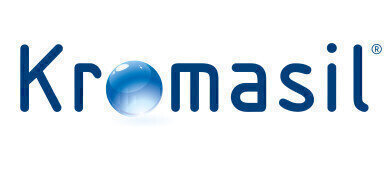
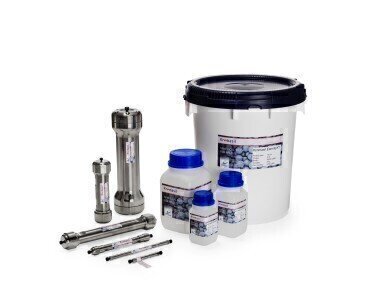
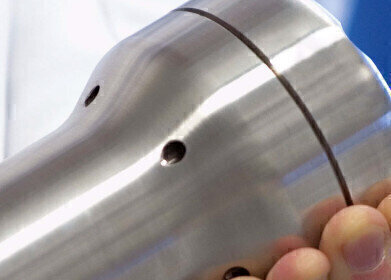
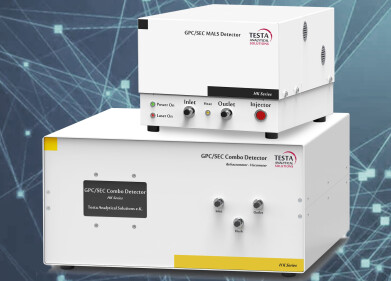
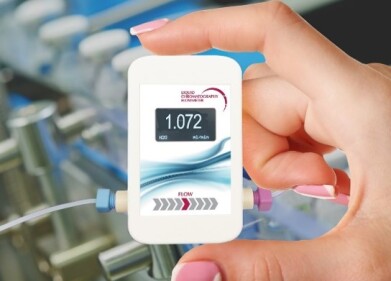
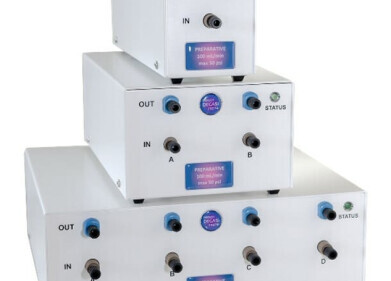









.jpg)




